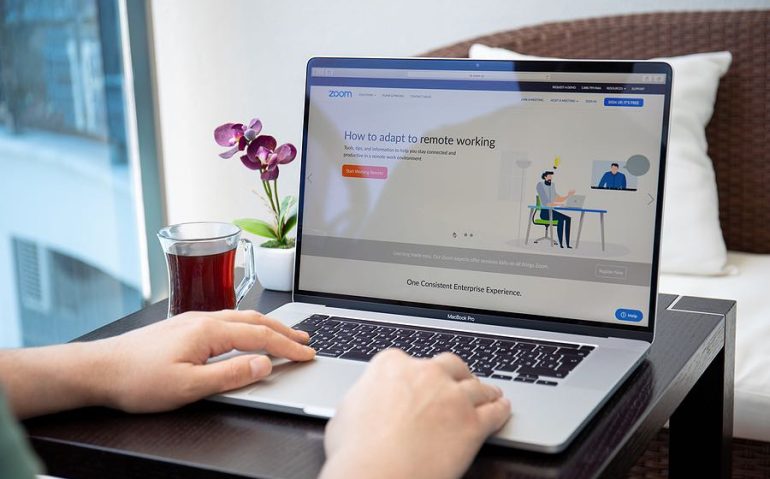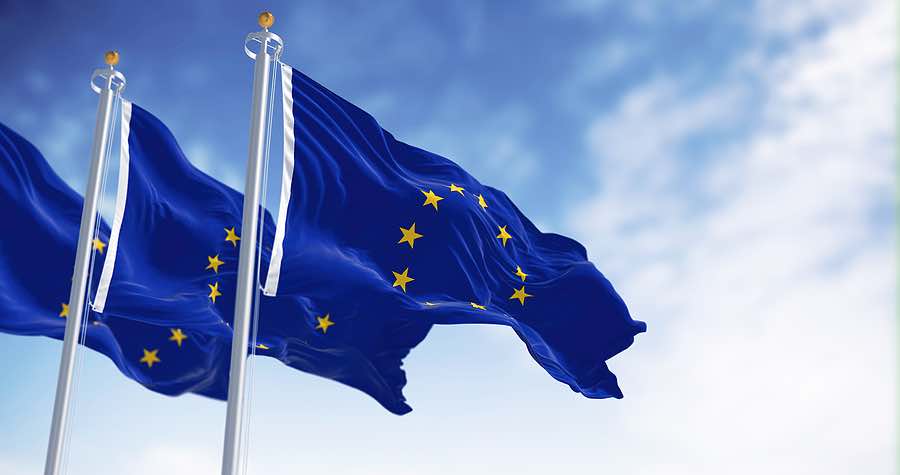With the ascendancy of the digital age, ensuring the safety and security of online interactions on digital meeting platforms has taken center stage. Zoom, a frontrunner in the digital meeting landscape, has recently revamped its Terms of Service (TOS) to clarify its handling of user data.
Digging into the New TOS
As per recent reports, Zoom’s TOS updates were rolled out in March. Addressing the buzz around these changes, a spokesperson from Zoom conveyed to FOX Business, “Zoom customers decide whether to enable generative AI features and separately whether to share customer content with Zoom for product improvement purposes.” The spokesperson further elucidated, “We’ve updated our terms of service to confirm that we will not use audio, video, or chat customer content to train our artificial intelligence models without your consent.”
Here’s a breakdown of the TOS nuances:
- Artificial Intelligence and User Data: Zoom has drawn a clear line, stating it won’t utilize audio, video, or chat content from its users to inform its AI models unless they secure user approval.
- Definitions and Handling of User Data: Within the TOS, Zoom has classified “telemetry data, product usage data, diagnostic data, and similar content or data that Zoom collects or generates in connection with the use of the Services or Software” as part of the “service generated data” category. This data is integral to Zoom’s operations, helping in product development, analytics, AI training, and more. Despite this expansive usage, Zoom pledges to adopt significant measures to thwart unauthorized access to this customer content.
- Recording on Zoom: The TOS mentions that hosts can record meetings, webinars, or phone calls. When such recording is in progress, users will be alerted, and should they feel uncomfortable, they can opt to leave the session.
- Licensing Agreements: The TOS contains a provision wherein customers offer Zoom a “perpetual, worldwide, non-exclusive, royalty-free, sublicensable, and transferable license” on their content. This is intended for many purposes, including AI, product development, quality assurance, and more.
- Post-Subscription Data Retention: After a subscription’s culmination, users get a finite period to reclaim their content. Once this period lapses, Zoom purges the data in alignment with its prescribed protocols and the prevailing law.
- Safety Protocols: Zoom leans on industry-standard technologies to safeguard user data. Yet, like all digital platforms, they admit that absolute security is a challenging goal.
- Healthcare Utility: Though Zoom is not tailored for direct healthcare interventions such as disease diagnosis or treatment, its platform is amenable for telemedicine and related services, provided there’s adherence to laws like HIPAA and the HITECH Act.
To Sum It Up
Zoom’s modified TOS is a gesture towards enhanced transparency for its users, especially in the intricate world of artificial intelligence and data handling. While Zoom emphasizes its devotion to user privacy and data protection, users are perennially counseled to stay vigilant and informed when navigating the digital space.







